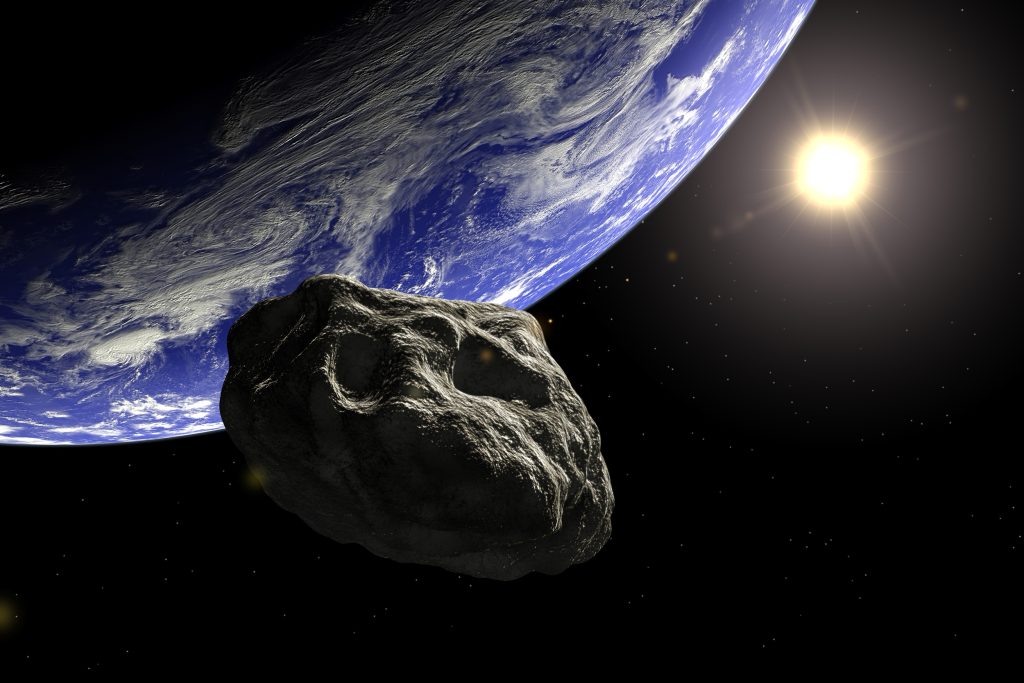NASA has revealed that an aircraft-sized asteroid could come extremely close to Earth today. Know about details here. According to NASA, asteroids can generally be spotted within the main asteroid belt between Mars and Jupiter. Interaction with a planet’s gravitational field, especially one as large as Jupiter, can knock the asteroid off its orbit and hurt it in all directions.
NASA’s Planetary Defense Coordination Office keeps a check on these Near-Earth Objects (NEOs) for any potential collision with Earth. It declares them as Potentially Hazardous Objects if they come within around 8 million kilometers of Earth. Although the planet is safe from any asteroid approaches today, NASA has warned that a huge aircraft-sized asteroid is speeding towards the planet for a comparative approach, which could happen tomorrow.
Asteroid 2019 XQ1
NASA’s Planetary Defense Coordination Office has red-flagged an asteroid named Asteroid 2019 XQ1 due to its extremely close approach to the planet. The asteroid will make its closest approach to Earth tomorrow, December 13, at a distance of 5.5 million kilometers per hour.
This 92-foot is already on its way toward the planet traveling at a speed of nearly 35238 kilometers per hour, surpassing the speed of a hypersonic ballistic missile! According to the-sky.org, the Asteroid 2019 XQ1 belongs to the Aten group of asteroids. It was discovered recently on December 4, 2019. This asteroid takes 364 days to complete one trip around the Sun during which its maximum distance from the Sun is 191 million kilometers and its nearest distance is 107 million kilometers.
How NASA Knows About Incoming Asteroids?
NASA keeps a watch on these asteroids by studying data collected by various telescopes and observations such as the Pan-STARRS, the Catalina Sky Survey, and the NEOWISE telescope. NASA also has a NEO Surveyor mission planned for launch in 2006 to gain even greater in-depth data using a new orbiter.
NASA also has a new impact monitoring system in place which uses an algorithm called Sentry-II to calculate the impact risk of Near-Earth Objects. NASA can track the orbital path of the asteroid using this infrared data and can even predict its orbit years into the future.
NASA’s James Webb Space Telescope (JWST) has yet again achieved an amazing feat, capturing the oldest galaxy ever seen. The world’s most expensive telescope has broken its previous record by finding a galaxy that is 100 million years older than its last one.
However, it is to be noted that the finding was published in a study posted on arXiv. It is yet to be reviewed by peers, so it could be possible that this fact could be disputed. Until then, this can be considered James Webb Space Telescope’s crowing achievement to date. (AFP)
With the help of images sent by the James Webb Space Telescope, researchers have been able to identify 55 distant galaxies, where 44 of which are claimed to have never been observed before.
Read More:





 Brain Computer Interfaces: Neuralink Faces Massive Challenges
Brain Computer Interfaces: Neuralink Faces Massive Challenges